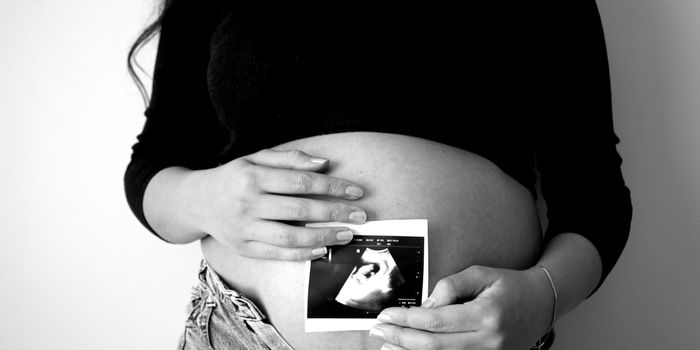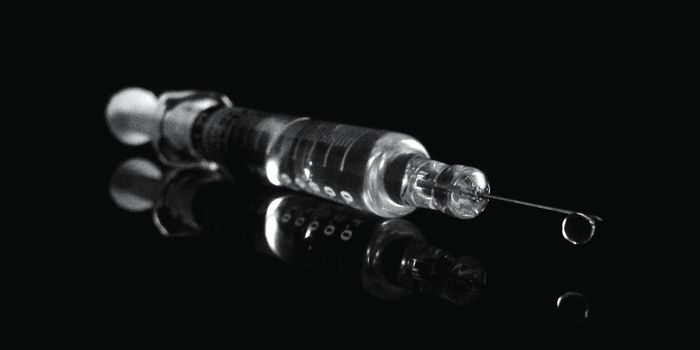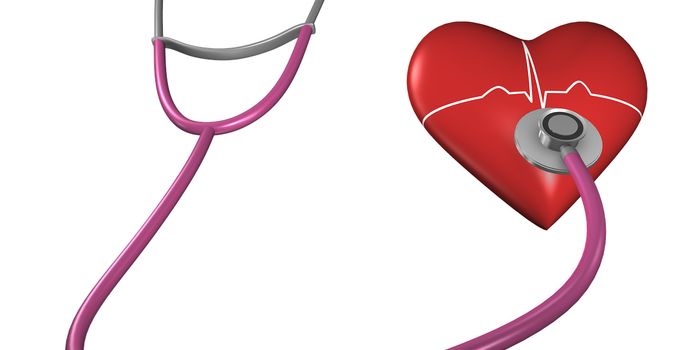Injectable Medicine Improves Genetic Rickets
A recent study found that an injectable medicine called ‘Burosumab’ was shown to improve symptoms of X-linked hypophosphatemia (XLH)--an inherited form of rickets. According to the Food and Drug Administration (FDA), XLH affects roughly 3,000 children and 12,000 adults in the United States. Symptoms of XLH not only includes rickets, but also bowed legs, bone pain and short stature.
The study demonstrated that burosumab was successful in treating the XLH symptoms in comparison to conventional therapy which includes multiple daily doses of phosphate and vitamin D (e.g. calcitriol).
"These improvements with burosumab have the potential to change the lives of children with XLH as they grow," said study principal investigator Erik Imel, M.D., associate professor of medicine and pediatrics at Indiana University School of Medicine in Indianapolis, Ind.
Individuals with XLH have increased levels of the hormone fibroblast growth factor 23, or FGF23, which results in low blood levels of phosphorus (hypophosphatemia). In the study, patients were either assigned to continue on the conventional therapy or switch to receive the burosumab injections given every two weeks. Improvements were scored by X-rays that measured the degree of rickets along with improvements in in leg deformities, height and distance walked, and an increase in serum phosphorus and active vitamin D levels.
“By 40 weeks of treatment, that improvement was more than two times greater for the burosumab group than the conventional therapy group,” Imel noted. "We now know the magnitude of benefit from the new medication, burosumab, versus the prior approach with conventional therapy. This information is critical for doctors making treatment decisions for their patients with XLH."
Source: Medical Xpress









